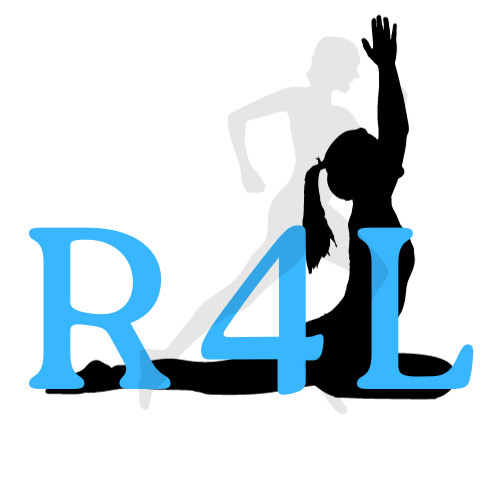Running is a unilateral repetitive exercise. While running, your muscles and joints are moving in one direction only, forward. The muscles of the hamstrings are the prime mover in a running action and repetitive overuse of this set of muscles makes it tight and prone to injuries from overuse. Moreover, the hip flexors too become tight as these are also extensively used albeit in only one direction.
In addition, constant pounding on the feet as runners land means that the spine gets compressed. Most runners run with clenched fist and chest thrust forward, this leads to the chest tensing up.
Tight hamstrings, hip flexors and upper body and compressed spine result in discomfort at a minimum, risking muscle stress and joint injuries if allowed to continue without being addressed. Add to that, runners will soon see a fall in performance.
We have discussed here how yoga helps runners to alleviate tight and compressed muscle sets. Read more here. We have also seen how yoga have helped a triathlete in regaining a spring in his steps. Read about that here.
I have found that Downward Dog, Cobra, Pigeon, Butterfly, Triangle and Warrior 2 will help runners to address tight hamstrings and hip flexors and to decompress the spine.
Shireena Woon, a finisher of the Abbott World Marathon Majors Six-Stars and Enrico Varella, multiple Boston marathon and Ironman World Championship finisher, give their thoughts on the six asanas. Shireena and Enrico posted very respectable times in their marathons. Considering the training mileage and intensity, needed to post such finishing times, one can imagine that their hamstrings, hips and spines have been truly worked.
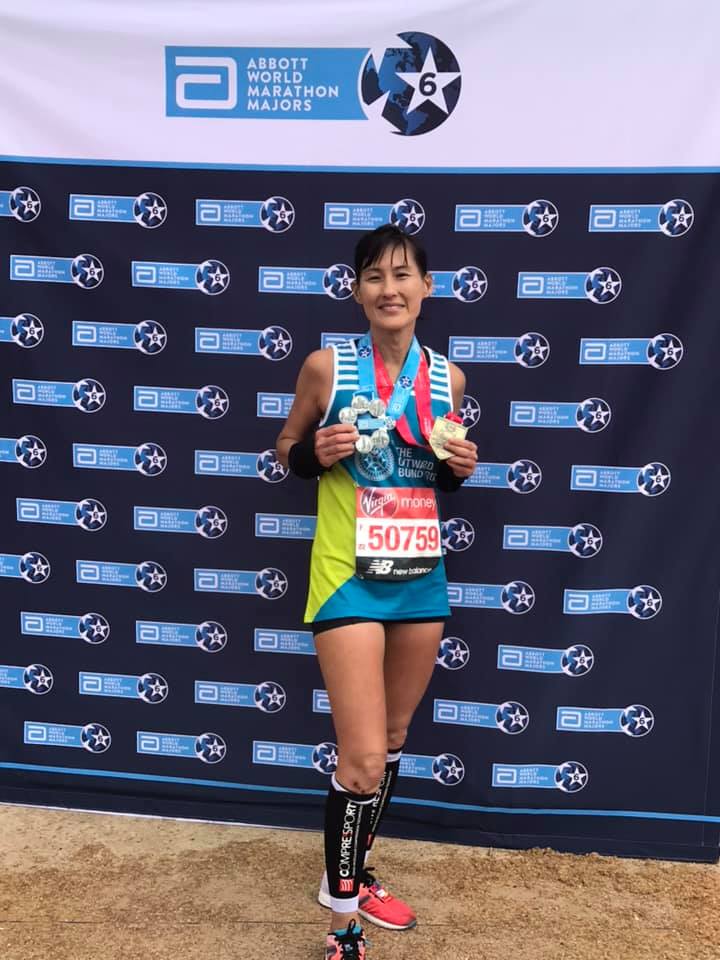
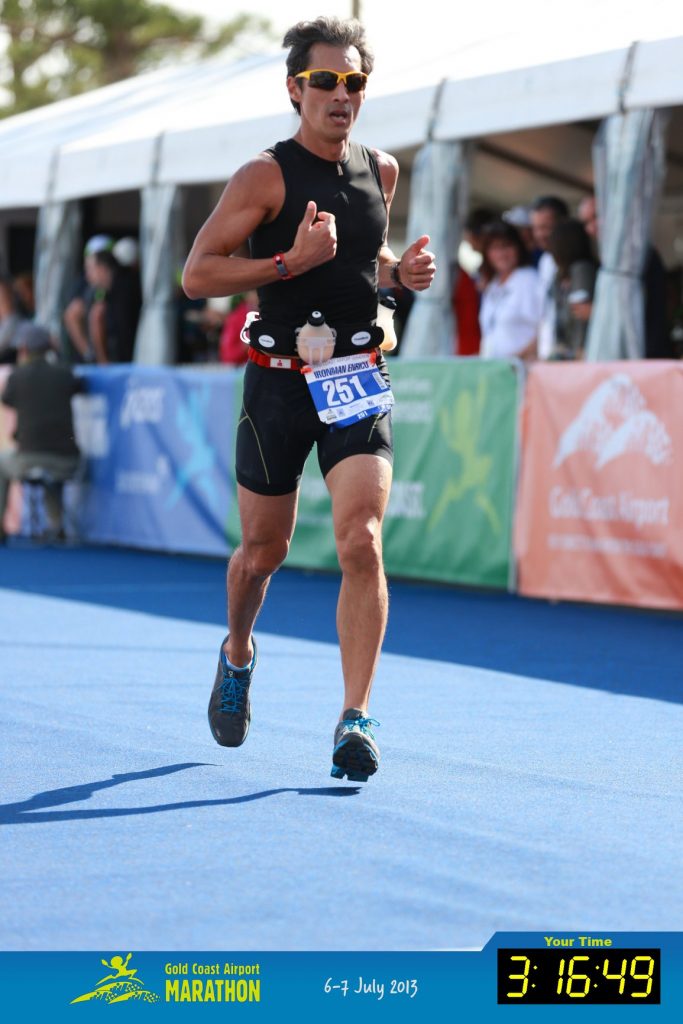
Both have been practicing yoga with me since 2020 and have seen real benefits from their practice. Although the true test will be when races are back on and these 2 are back racing.
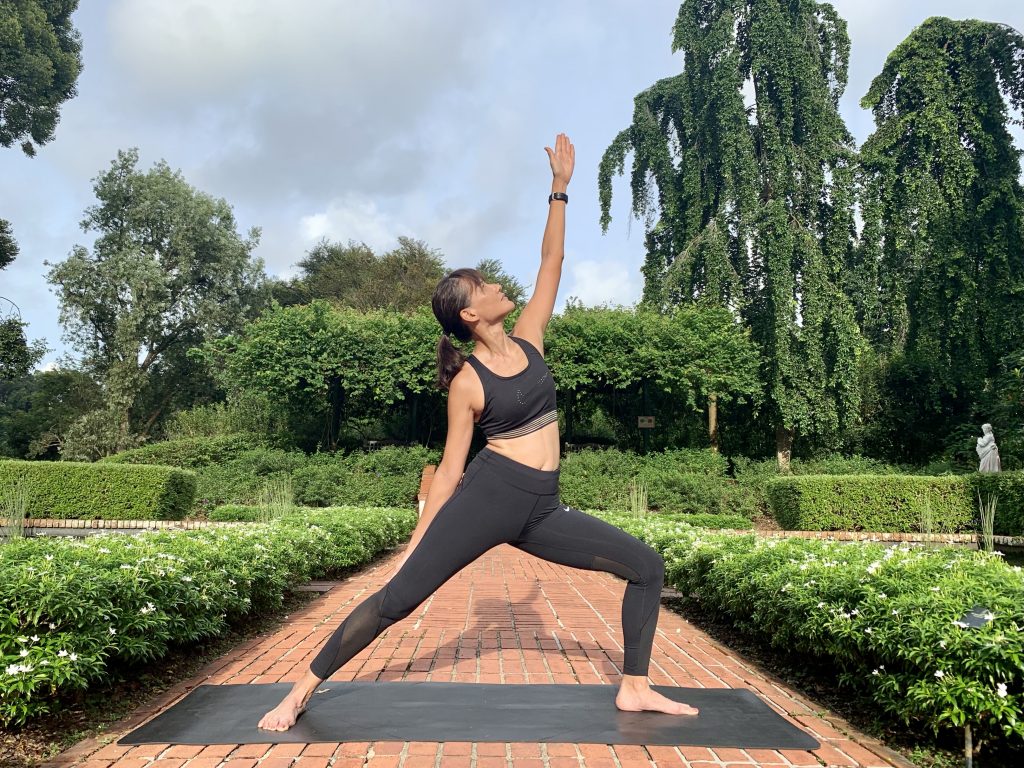
“I have been doing some of these yoga stretches, as part of running training. More as an aside, performed at the end as cooling down and stretch routine.
However, this past year, I started practising yoga weekly, and with more focus, as a workout for its own merits.
I now feel more suppleness in my quads and hams. A greater range of movement in my hips too. Calmness and focus are major pluses as well.
I hope to be running more marathons when races are back on and I think these 6 asanas here will help me perform better.”
Shireena
Enrico says this about these 6 asanas:
“Firstly, I have more mobility in my hips, lower and upper back, and shoulders.
Secondly, I can rotate more around my trunk. This translates usefully to open-water swimming. Cycling and road-running do not engage much use of trunk rotation; surely with swimming the Front Crawl.
Thirdly, practicing these poses has helped me build my sense of balance, especially on one leg. This is relevant to running where each step takes on more bodyweight.
Also, practicing these foundational poses taught me to appreciate alignment of my body, which is crucial in highly repetitive movements and activities.”
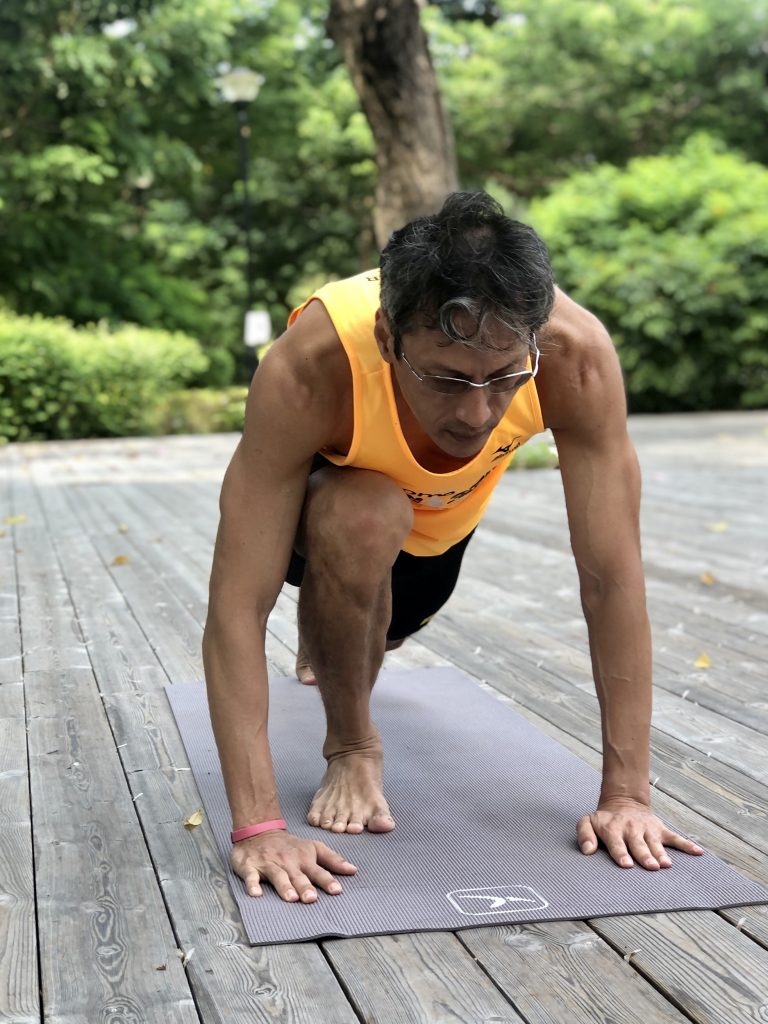
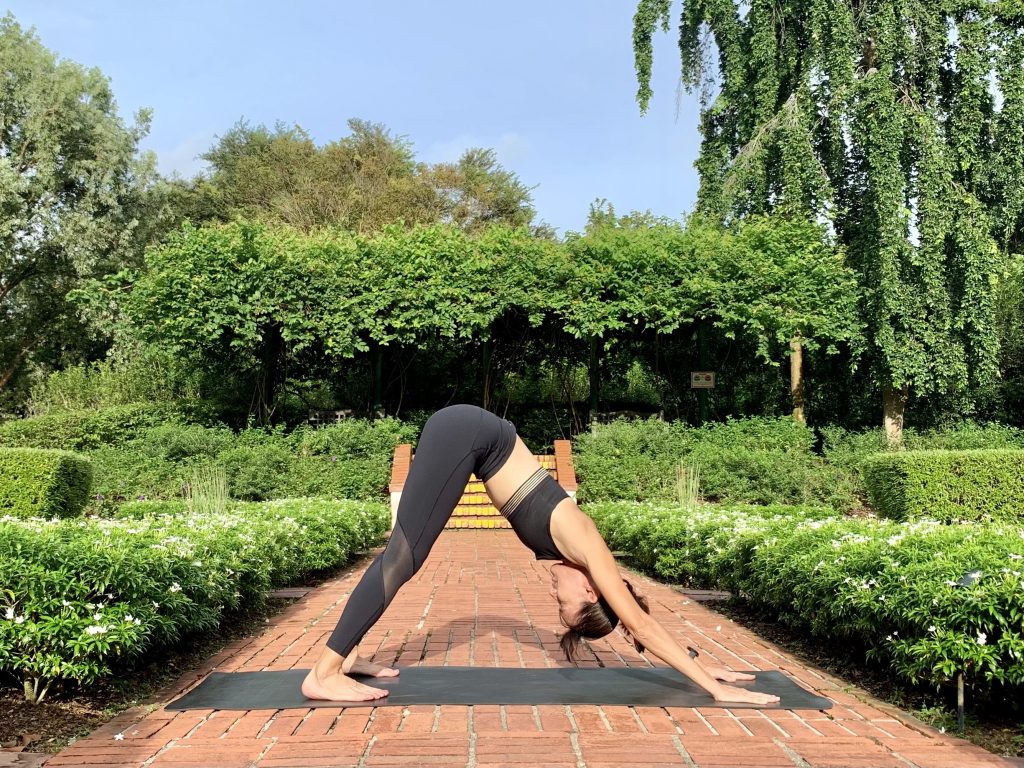
The Downward Dog
creates length throughout the entire body. In particular in the back body, the heels, calves, hamstrings, glutes, hips, and lower back. It also as develops strength in the wrists, shoulders and the back muscles.
The spine is lengthened and decompressed. The entire leg, beginning from the hip all the way down to the heels are stretched, reducing tightness that comes from running.
This pose not only balances the runners body but can also build strength throughout the runners body.
To come to downward facing dog; begin in mountain, exhaling fold forward to standing forward fold. Then inhale step the right leg back, halfway down the mat, placing the entire sole on the floor. Follow with the left leg. Then, exhale and pressing the floor away with the palms and the feet, raise the hips to greet the sky. The legs and the body make a right angle. Breathe.
Cobra
increases spinal strength and flexibility. The spine is lengthened and decompressed. The tops of the feet, or ankle dorsiflexors and the hip flexors are stretched too. Taking away the stress that comes from footfalls.
In addition, this pose strengthens the abdominals, which are very important for runners. The pectorals, biceps and brachialis also get a good workout in this pose. These latter muscles are less frequently used in running, so working them will impart balance to the physique.
To come to cobra, begin in plank. Exhaling, drop the knees to the floor, bend the elbows backwards and bring chest and chin to touch the floor, coming to Astanga Namaskar. Then inhaling and pressing on the palms, slide forward, press your upper torso up. Keeping the pelvis on the floor, roll the shoulders back and down, tuck the elbows close to the ribs. Extend the toes and reach back, engaging the spine. Breathe.
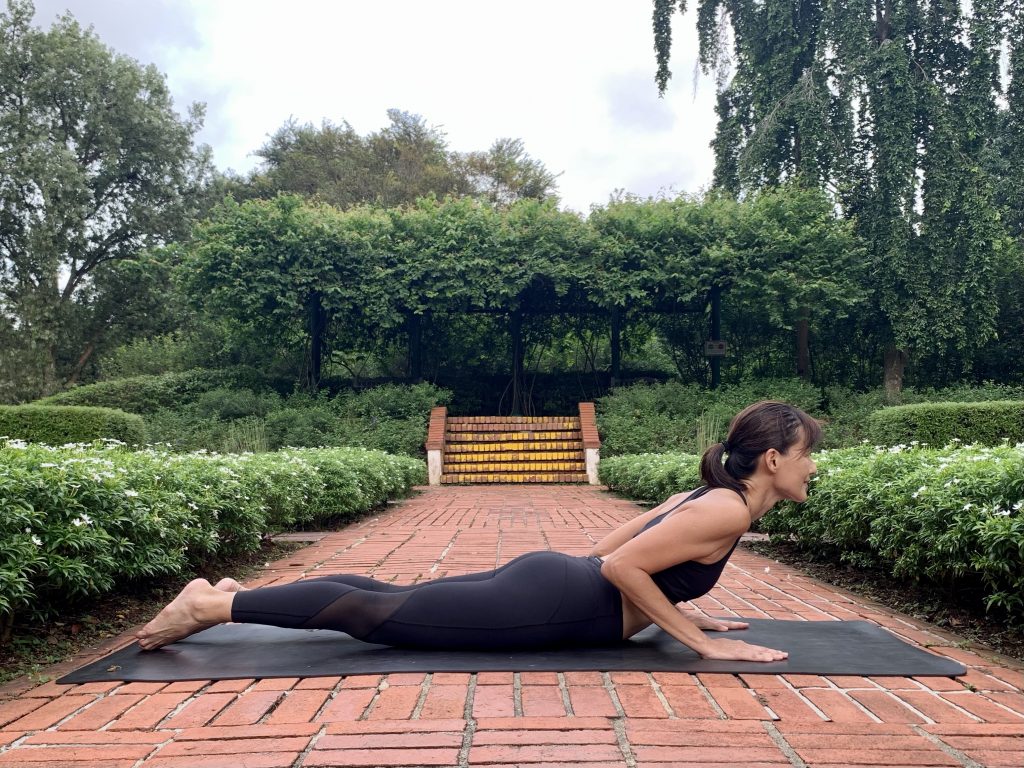
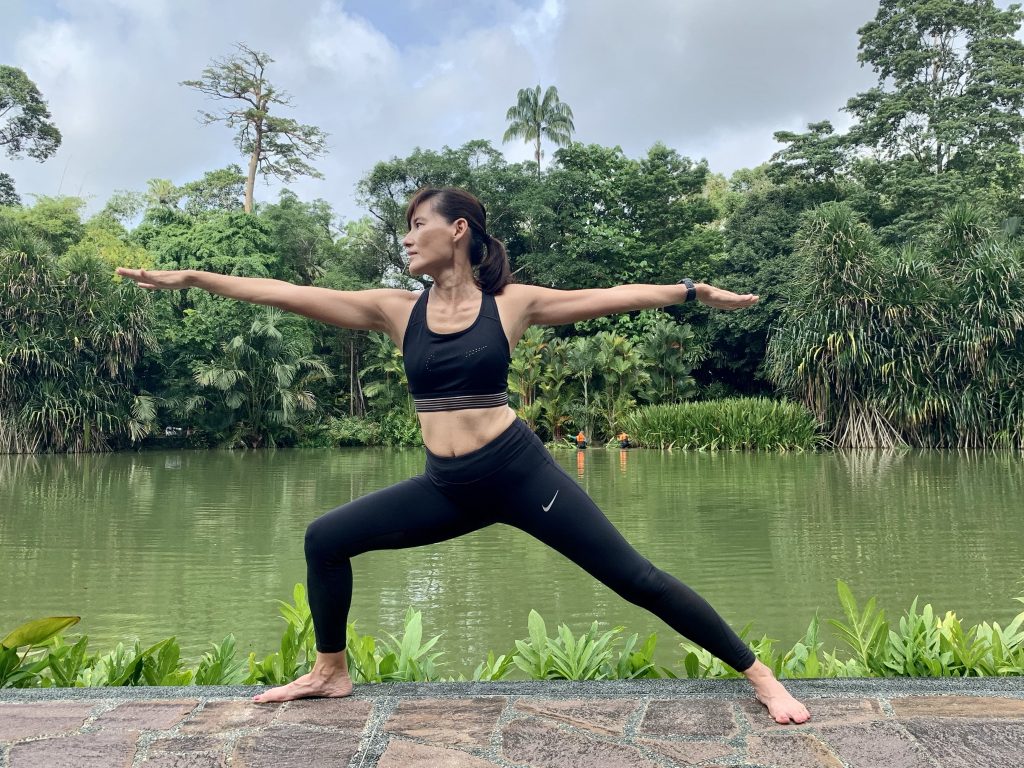
Warrior 2
also called Virabhadrasana II, is a full-body pose.
Warrior II strengthens the entire legs, glutes, hips, core, chest, shoulders and arms.
Holding the pose for an extended period of time will also help develop endurance.
This pose is perfect for runners to strengthen the entire body, and improve their endurance and focus.
To come to Warrior 2, begin in Mountain. Inhaling step the right leg back towards the back of the mat. Exhale, then adjusts the heels to be inline with each other, right toes pointing straight, left toes perpendicular to the right. Inhaling raise the arms parallel to the floor, look to the left, fixing the gaze on the left thumb. Then exhale, bend the right knee to 90 degree, shift the gaze to the right thumb. Stand tall on strong legs, reach front and back with strong arms.
Butterfly
or Badha Konasana will work the entire hip complex and opens up the inner thighs.
Runners will surely identify with restricted mobility in the hips and thighs. Runners are moving in a unilateral direction over long period of time. This compromises the mobility in the hips.
The butterfly relieves the tightness in the entire hip complex and inner thighs, allowing a greater range of movement.
To come to Butterfly, we begin in Dandasana. Inhaling, bend both knees to bring both soles together and catch the toes with cupped hands. On the exhale, rotate outwards at the hips bringing the thighs down towards the floor. Inhale roll the shoulders back and down, lengthen the spine and stay to breathe. Allow gravity to sink the thighs towards the floor.
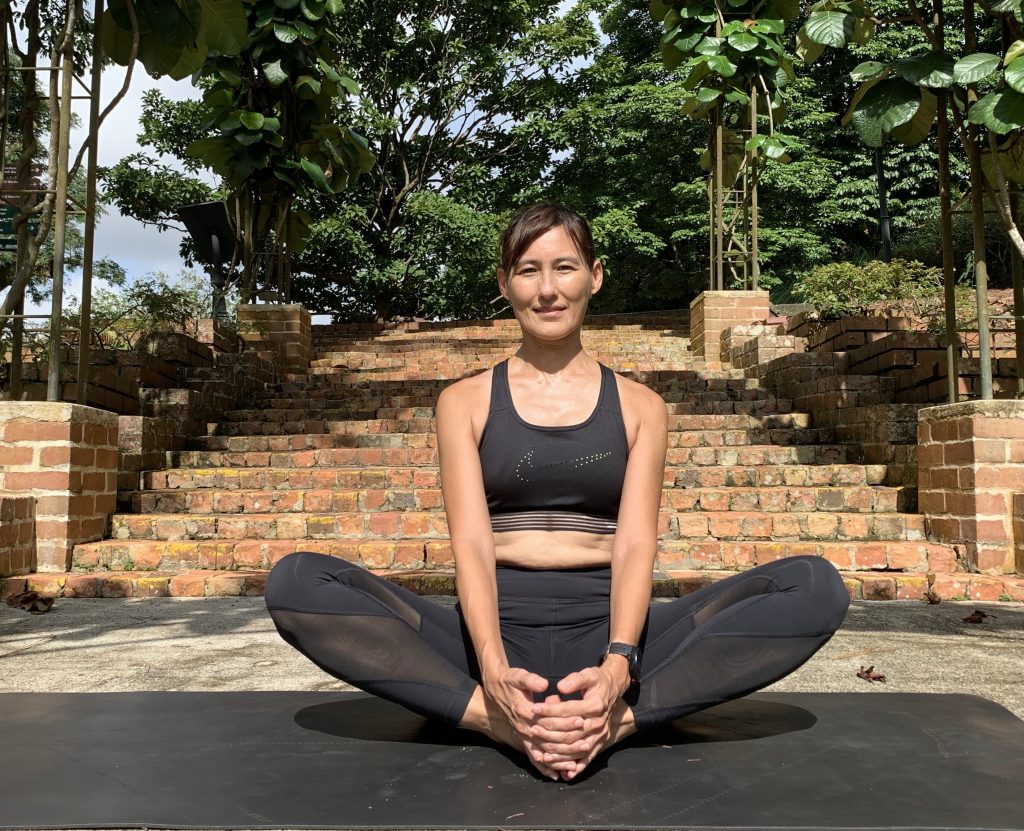
Triangle
releases tightness in the hips, groin, hamstrings, and calves; shoulders, chest, and spine.
The thighs, knees and ankles are strengthened when standing in Trikonasana.
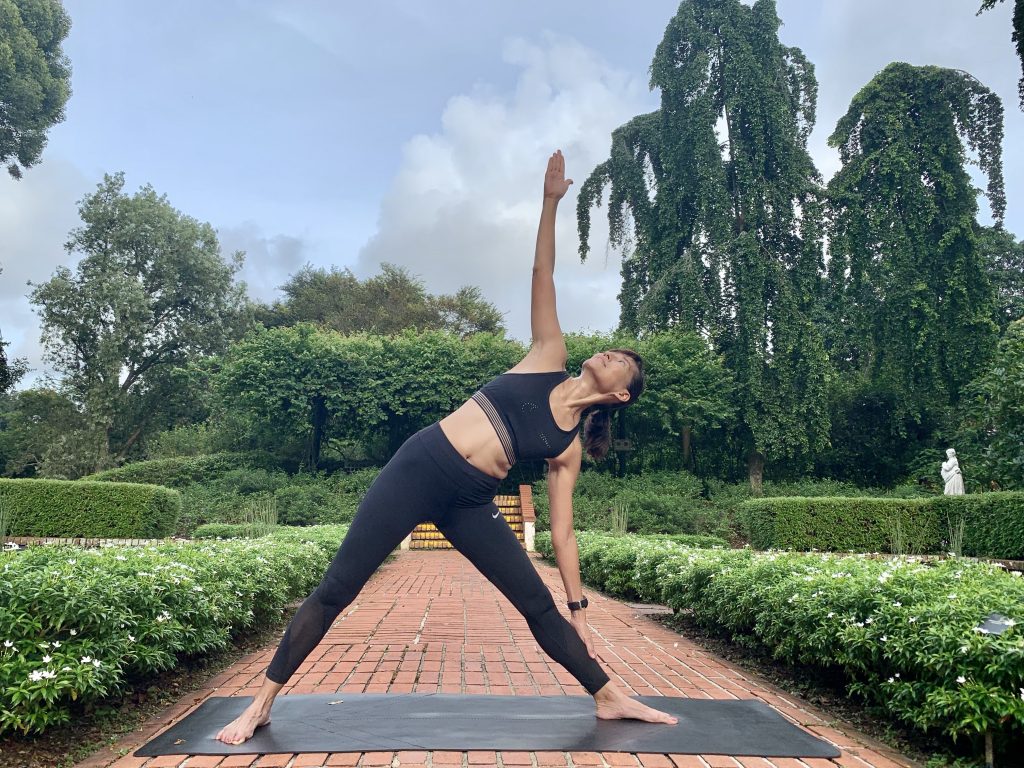
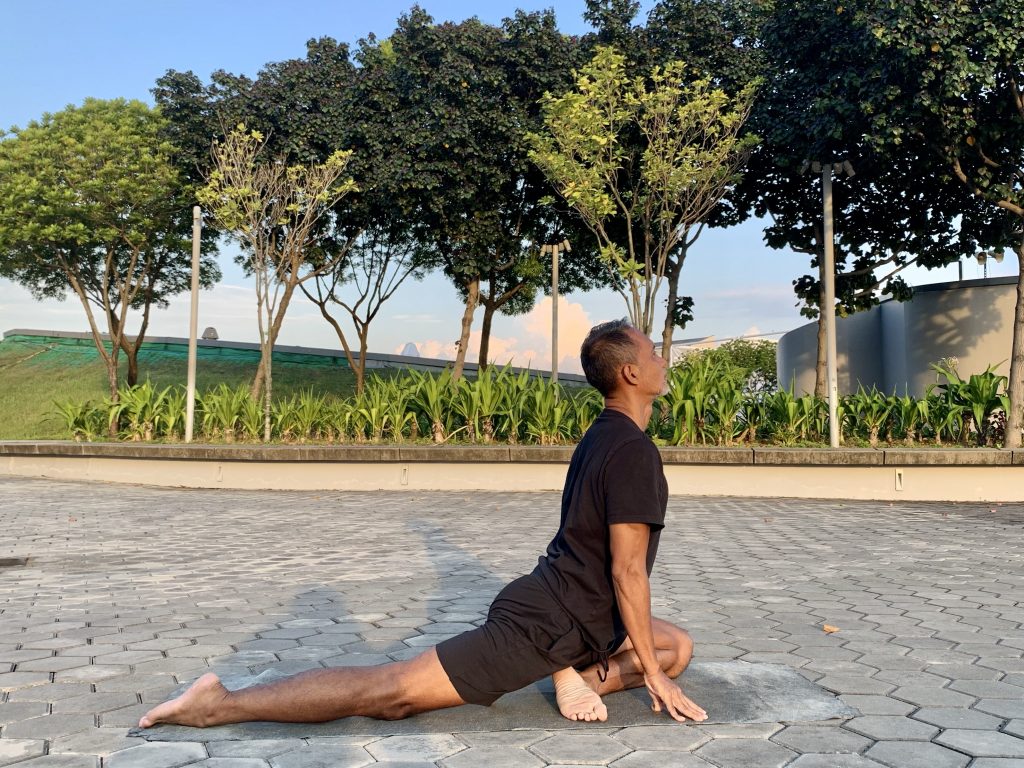
Pigeon
is a deep relaxing stretch for the hips and inner thighs. The hard to stimulate ilio-tibial band (ITB) also get a good stretch here.
Many runners suffer from ITB Syndrome, which is a FRICTION / OVERUSE injury when the ITB fascia is painful due to it rubbing against either the bony prominence on the outer aspect of the knee joint (called the lateral epicondyle).
You will notice that these 6 poses targets the spine, hip complex, glutes, and the entire legs. Do I need to do all of them? Yes. Each of these poses stretch, contract and engage the muscles in different planes and in different ways. This is the beauty of yoga asanas. They work the same set of muscles in different ways. So you get a more balanced outcome from the workout.
My two running friends, Shireena and Enrico, have experienced and found new spring in their steps when they incorporate a yoga workout into their run training program.
To learn how to perform these asanas click here. Come yoga with me.
And here is something extra. To calm the beating heart after a run, come to tree pose. Try it.
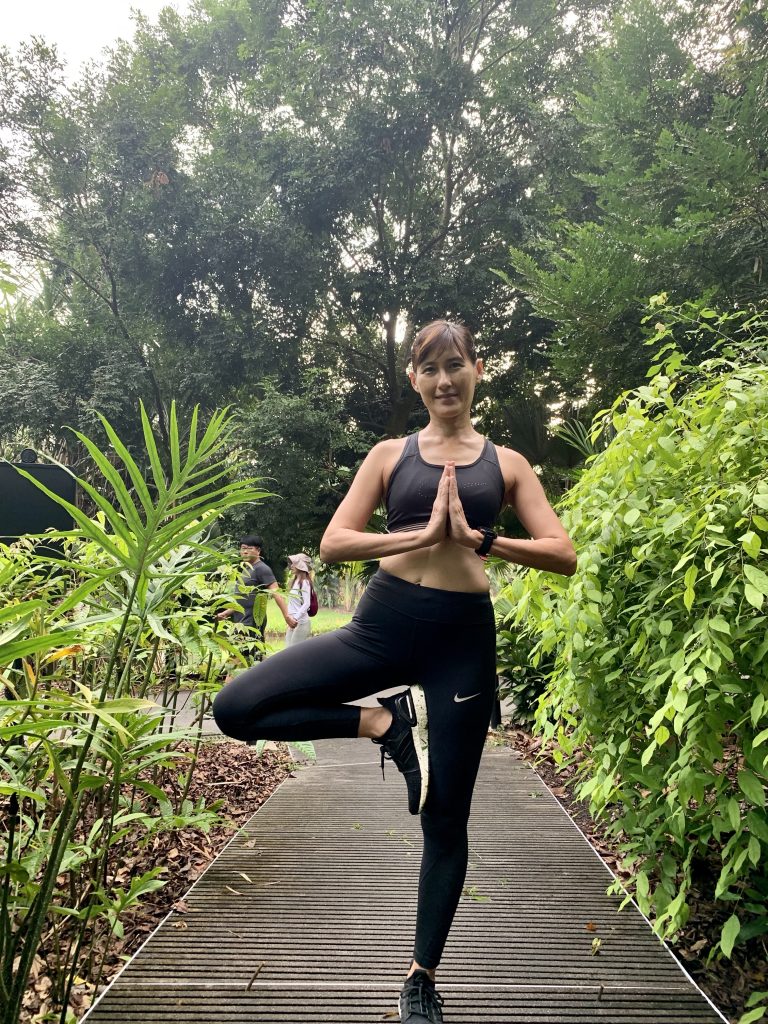
Run4life teaches yoga at his yoga studio at Boat Quay. Click here to see the class schedule for Tirisula Yoga Boat Quay Studio.
